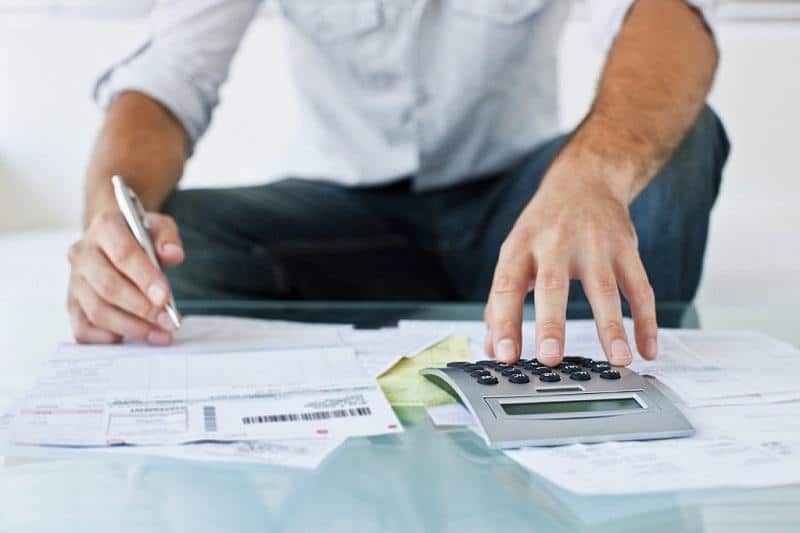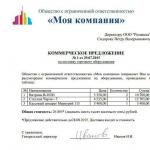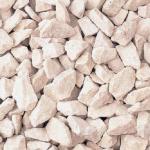Margin on goods in retail trade: calculation formula
What should be the margin for goods in retail trade, what percentage? Every entrepreneur who decides to start a business faces a problem. An error in setting a price is fraught with loss of profit. For this reason, the cost formation procedure must be approached carefully. The business owner must take into account the nuances that affect pricing and make calculations according to the formula.
Trade margin is a markup on the actual cost of production. The size of the indicator is influenced by various factors. These include:
- popularity of products among consumers;
- quality;
- properties of the thing being implemented.
The margin is needed to cover the costs of implementation and profit. Selling products at cost is meaningless for the seller.
Thinking about how to calculate the trade margin for a product, an entrepreneur must take into account the competitiveness of the brand that made the product and the popularity of the item among consumers. Depending on the price category and consumer properties of the goods, the owners of organizations apply one of the possible strategies to make a profit.
Some sell a lot of products at a low cost, while others prefer to offer the buyer a limited batch at a high price. The amount of profit depends on the choice of strategy that an organization can receive. If the business owner understands how to calculate the markup on goods as a percentage correctly, he will be able not only to cover the costs of sales, but also significantly increase the income of the enterprise.
Influencing factors
The increase in the cost of production is a phenomenon inherent in any type of trade. It is necessary to cover the costs associated with the sale of products and make a profit.
The value of the indicator is calculated taking into account:
- the full amount of expenses incurred for the production or sale of products;
- VAT values;
- desired level of profit.
The business owner, at his discretion, may include other factors in the final cost of products. Some entrepreneurs prefer to set the same markup for all things sold. It is expressed as a percentage. When importing products from another country, the entrepreneur is entitled to set a price equivalent to the currency of the country of manufacture.
If the business owner does not want to make an accurate calculation, when setting a price, he is guided by:
- the average cost of similar products on the market;
- sets the cost, taking into account the necessary price level for the fastest payback of the business;
- guided by other principles.

Failure to use the generally accepted method of calculation is fraught with loss of profit.
The product, the cost of which was overestimated, will not find the final consumer. The sale of products at a lower cost will lead to a slowdown in the development of the organization or to company losses. For this reason, the formula for calculating the trade margin as a percentage must be used during calculations.
Finding the value of the indicator
When products are received by the organization for subsequent sale, the margin is displayed on debit 41 and credit 42. The indicator must be determined by calculation. Calculations are made according to:
- trade turnover;
- assortment;
- golden mean.
The level of markup is affected by the area in which the entrepreneur performs activities. This feature must be taken into account when performing calculations.
Formula
Depending on the chosen calculation method, the formula can vary significantly. If it is required to apply one type of margin to all types of products, to find the indicator, it is required to use the method of determining the size of the value according to the total turnover. The accountant performing the calculation must determine the PD.
The following formula is used to carry out the operation:
VD = Total turnover * Estimated trade markup
RTH = Trade margin in percent/(100 + Trade margin in percent)
Using the method to find the value, the accountant must take into account that the composition of the turnover includes the total amount of revenue. The funds that went to pay taxes are not excluded from the volume.
If there are goods in the entrepreneur's business that cannot be subject to the same markup, the calculation of the indicator must be carried out according to the range of turnover. The method may cause difficulties during use. Using the method, it is required to record the exchange of goods.
The formula looks like this:
VD =(Turnover 1 * Surcharge for groups of goods + Turnover 2 * Surcharge for groups of goods + ...) / 100
It is required to include in the formula all products for which it is necessary to perform the calculation.
The simplest way is to use the golden mean method. The method is suitable for carrying out calculations in an organization that takes into account products at sales prices.
To find the indicator, the following calculation scheme is used:
VD =(Turnover * Average Percentage of Gross Revenue)/100
Average percentage of gross income =((Tax markup on the balance of production at the beginning of the period + Markup on goods received - Markup on goods disposed of) / (Turnover + Balance at the end of the period)) * 100
Retired goods - products that were returned to suppliers or written off due to breakdowns or malfunctions.

High and progressive prices for socially significant products are not allowed. The permissible level of cost is established by local executive authorities.
Maximum markup
Any organization pursues profit in its activities. For this reason, entrepreneurs tend to sell goods as expensive as possible. The question arises: what is the maximum mark-up on goods under the law?
Current legislation seeks to protect the interests of the consumer. For this reason before markup should not exceed 20%.
The cost is under the control of the state:
- medical products and medicines;
- products sold in the Far North;
- products of social importance in a crisis;
- food products sold in educational institutions.
However, the restriction has now been lifted. The business owner can independently decide how much to overestimate the cost of goods. When performing an action, one should not forget that the consumer will refuse to purchase products sold at a very high price.
The allowable margin depends on the product category.. If the price of most things depends on the desire of the entrepreneur, then, when selling the list of products, you will have to turn to the current legislation.





